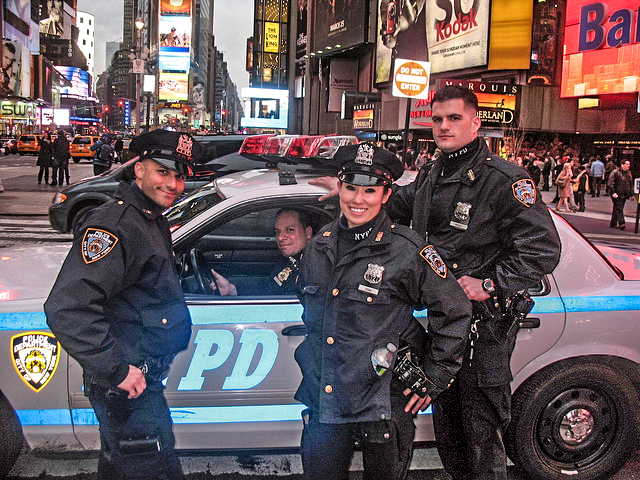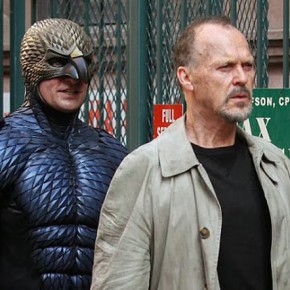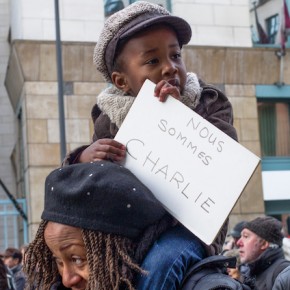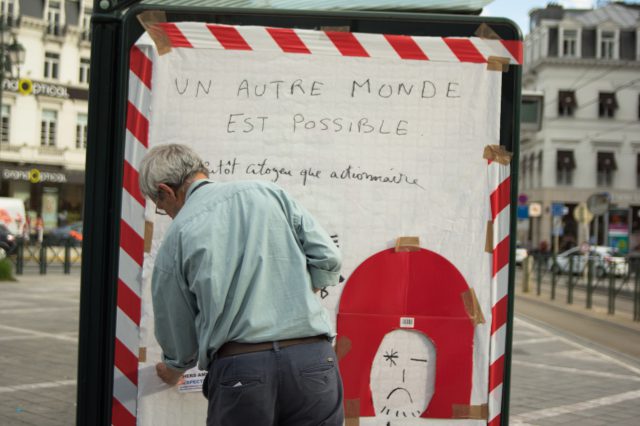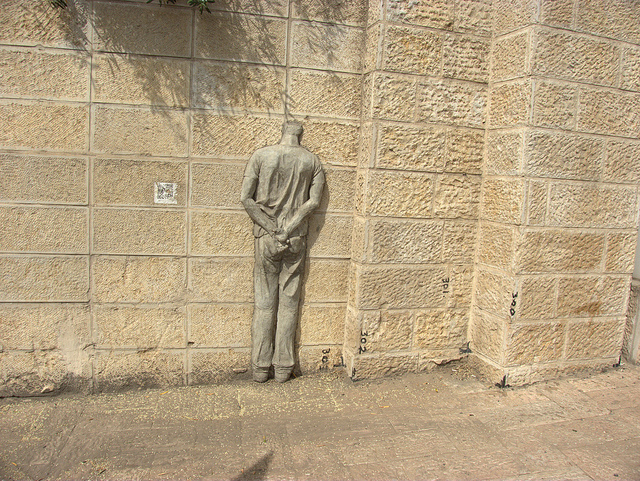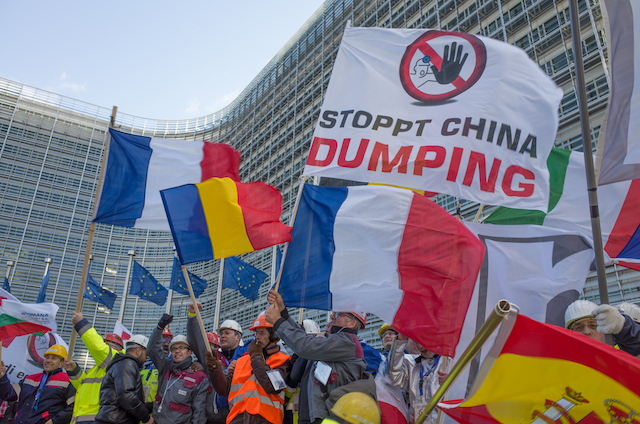The work slowdown currently being undertaken by the officers of the NYPD is one of the more surreal moments in the recent history of policing in America. While still responding to major crimes, New York cops have virtually stopped writing tickets, particularly for so-called “broken windows” type violations.
According to a recent story in the New York Times, tickets for turnstile jumping in the subway system are down more than 98%, while summonses were down more than 90% from the same period in the previous year. Clearly the officers and their outspoken leader, Patrolman’s Benevolent Association President Patrick Lynch are out to make a point. But just what point that is depends on how one normally relates to the police.
The hope of Mr. Lynch and his allies is clearly to throw a scare into the city’s white middle and upper classes, without causing too much collateral damage, and by doing so to bring the New York Mayor Bill DiBlasio to heel. DiBlasio’s offence, according to Lynch, is in the first instance to have failed to rally to the defense of Officer Daniel Pantaleo after he choked Eric Garner to death for (allegedly) selling loose cigarette on Staten Island in July.
The resulting protests, so goes Mr. Lynch’s bizarre train of logic, contributed in some way to the murders of Officers Wenjian Liu and Rafael Ramos by the certifiably deranged Ismaaiyl Abdullah Brinsley. The fact that the psychopathic Brinsley made threats toward police referencing Garner (and Ferguson) left DiBlasio with “blood on his hands” according to Lynch.
More broadly, Lynch and the officers of the NYPD were angered by DiBlasio’s public opposition to the objectively overtly racist practice of stop-and-frisk policing. The work slowdown is meant to pressure DiBlasio’s constituents into demanding that the mayor get back on the team, the team in question being the city’s (predominantly white) bourgeois property owners.
In other parts of New York, this action reads quit differently. In areas where stop-and-frisk and broken windows are code for the surveillance and disciplining of the of the poor and non-white (categories between which there is a great deal of overlap) the pace of life goes on much as before, just without the immanent prospect of being tickets for victimless crimes like jaywalking, or having a beer in a bag. For the people normally on the receiving end of this brand of policing, the NYPD’s slowdown tactic must come as something of a relief.

Karl Marx once wrote, “the executive of the modern state is but a committee for managing the common affairs of the whole bourgeoisie.” While this statement fails to take into account the racial coding imbricated in the class structure of modern Western democracies, it does present an accurate account of for whom the state’s monopoly on legitimate violence is being exercised. The police are the enforcement branch of this structure of class power.
The slowdown has made this patently obvious, both to those within and without the structure of racial and economic power. It is as if the leadership of the police force has said to the bourgeoisie (irrespective of race) “think about how your property would fare if we were not here to zero resolve the inequality between it and the lives of those who would take it from you.” Even non-white economic elites must sit up and take notice, irrespective of the fact that their class position will not prevent them from being shot or perp-walked out of their own homes should they run afoul of the baddest gang in town. To them the message is, as bad as racial policing may be, it’s still better than the alternative.
However, the political theater of the slowdown has a second and similarly compelling point. For the NYPD and the other police forces and sheriff’s departments across the land are not merely the collective strike arm of the panopticon. They are also the street level expression of the tendency within capitalism that David Harvey has termed accumulation by dispossession. Harvey coined this term in the 1990s as part of his illustration of the ways that the processes coded as “urban renewal” were, primarily, simply expropriations of social groups lacking the political and economic power to resist. In this case, the exploitation by municipalities of asymmetries of economic and social power on the service of imposing intensely regressive taxation without naming it as such.
With municipal level budgets squeezed by the financial collapse and from the austerianist demands for belt-tightening that came in its wake, municipalities across the United States have ramped up policies that seek to harvest operating capital from the most vulnerable segments of society. One effect of the Ferguson case was to illustrate the way that this worked in the suburbs of St. Louis. An investigation by Washington Post reporter Radley Balco revealed a startling degree of integration between the forces of order and the carceral system, the goal of which was both policing bodies and accumulating capital.
Suburban St. Louis County had become an experimental theater for atomized bourgeois governance, with 90 municipalities and 81 municipal courts. According to Balco’s investigations, some of these townlets were deriving as much as 40 percent of their revenue from administrative expropriations. Here we see in miniature the great ironies of American middle class politics: the coupling of radical anti-government rhetoric with the multiplication of state-based processes of soaking those lower down the income distribution.
This mode of taxation is attractive for a number of reasons. First and foremost, it doesn’t require any legislative engagement or the expenditure of any political capital in order to institute. Secondly, the subjects of this taxation are definitively deserving in the bourgeois narrative. They have violated rules which they knew (or should have known) beforehand and are paying penalties that are, in the first instance, meant to constitute a frictional disincentive to antisocial behavior. The fact that they generate revenue for the government is, in the middle class mind, merely a happy accident.

What the slowdown in New York has made clear is not simply that property is in danger from the madding crowd of the poor and marginalized, but that the state’s ability to appropriate capital from them is also under threat. The images of cars planted in front of timed out meters are nowhere near as compelling as the pictures of empty courtrooms, the implication being is that the “criminals” that normally would be ensconced there are now free to pursue other engagements.
In recent months there has been a backlash among police departments against the criticisms that they have received for the imposition of what they view as legitimate and justified violence. As union president Lynch’s statements make clear, stop-and-frisk and broken windows practices are merely a matter of going where the crime is, irrespective of the fact that the vast majority of people stopped are completely innocent. Some police are aware of the degree to which to goals of crime reduction and revenue enhancement are connected, but the bulk seem either blissfully ignorant of the ways that their approach furthers a particular combination of race and class agendas, or actively believe that that’s how it should be.
The anger evinced toward Mayor DiBlasio is particularly ironic given that of the 179 police shooting fatalities in New York in the last 15 years, only 3 three have resulted in charges being filed. This compares with the dozens of officers that have been disciplined in that same period for corruption. This too illustrates a structural element of the system. Violence against subordinate groups (and occasionally the completely innocent) is par for the course, but don’t stick your hand in the cookie jar.
It is unlikely that the slowdown in New York will go on much longer. The point has been made: we are the watchmen. Without the thin blue line, your coffers will empty and your storefronts will be covered in graffiti. But for those outraged (and not unreasonably so) at the continuing pattern of inequitable policing and violence, the rationale behind it is clear. It is not so much a matter of the men behind the badge, as of the system the employs them.
Photographs courtesy of C. Holmes, Ed Yourdon, and Elvert Barnes. Published under a Creative Commons license.
